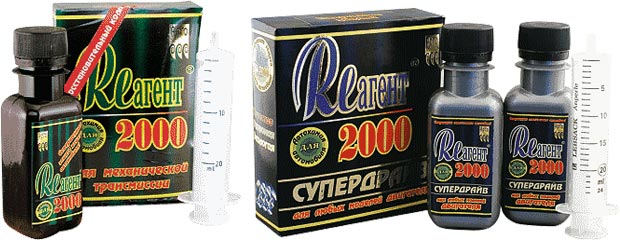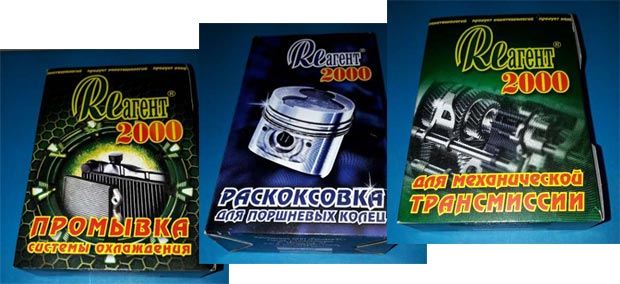
"Reagent 2000". Soviet engine protection technology
How does Reagent 2000 work?
During the operation of the car, the loaded parts in the engine gradually wear out. Microdefects appear on the working surfaces, which gradually develop into uniform wear, or into critical and transient damage.
There are many mechanisms for the formation of defects. For example, a solid particle enters the friction pair of the ring-cylinder, which, when the piston moves, leaves a scuff. Or there is a defect in the metal structure (micropores, metal heterogeneity, foreign inclusions), which eventually reveals itself by chipping or the formation of cracks of various sizes. Or it weakens due to local overheating.
All this is almost inevitable, and affects the engine resource. However, it is possible to partially offset the wear of the motor and even to some extent restore its performance by using special additives to the oil. One of these additives is Reagent 2000. This lubricant modifying compound has several beneficial effects.


- Creates a durable protective layer on the worn surface, which restores the contact patch and significantly reduces the coefficient of friction.
- Reduces the intensity of surface hydrogen wear of the metal. Hydrogen ions at high temperature penetrate the surface layers of the metal, are reduced to atomic hydrogen and, under the influence of the same temperature, destroy the crystal lattice. This destruction mechanism is significantly slowed down by the "Reagent 2000" composition.
- Protects against corrosion. The created film eliminates corrosion processes on metal parts.
The composition also increases compression, reduces oil consumption for waste, restores lost engine power, and normalizes fuel consumption. All these effects are the result of the above three actions of the "Reagent 2000" additive.


Mode of application
There are two ways to use the "Reagent 2000" additive. The first is designed for engines with little wear and is used one-time. The composition is poured into fresh oil on a warm engine through the oil filler neck. After that, the car is operated normally. The effect of the additive is observed on average after 500-700 km.
The second method is designed for heavily worn engines, in which there is a significant drop in compression and oil "zhor". First, the candles on a warm engine are unscrewed. The agent is poured into each cylinder with a syringe of 3-5 ml. After that, the engine without candles scrolls for a short time so that the additive is distributed over the walls of the cylinders. The operation is repeated up to 10 times. Next, the additive is poured into the oil, and the car is operated in normal mode. A beneficial effect in this case can be observed earlier than after the first method.


Reviews car owners
Motorists leave mostly neutral-positive reviews about Reagent 2000. The additive in one way or another gives a positive effect:
- restores and partially equalizes compression in the cylinders;
- reduces oil consumption for waste;
- reduces the noise of the motor;
- somewhat (subjectively, there are no reliable results with accurate measurements) reduces fuel consumption.
But the opinions of car owners differ on the degree and duration of beneficial effects. Someone says that the additive works at best before an oil change. And then it stops working after 3-5 thousand kilometers. Others claim that the effect persists for quite a long time. Even after a single application for 2-3 oil changes, engine performance improves.
Today "Reagent 2000" is out of production. Although it can still be purchased from old stock. It was replaced by a new, modified composition, Reagent 3000. If you believe the statements of motorists, the effect of its use is faster and more noticeable.


Watch this video on YouTube
